 The fall itself didn’t hurt all that much. All you had was a sore knee and a scraped elbow. But your head was another story. The headache you had was unbelievable – after all, your head did hit the ground pretty hard. That went away eventually, but the dizziness and nausea stuck around. Your vision was a bit blurry, too. You didn’t want to worry your coach and teammates so you played on through. But you knew something wasn’t quite right. You just hoped it would work itself out sooner or later.
The fall itself didn’t hurt all that much. All you had was a sore knee and a scraped elbow. But your head was another story. The headache you had was unbelievable – after all, your head did hit the ground pretty hard. That went away eventually, but the dizziness and nausea stuck around. Your vision was a bit blurry, too. You didn’t want to worry your coach and teammates so you played on through. But you knew something wasn’t quite right. You just hoped it would work itself out sooner or later.
According to the Centers for Disease Control and Prevention, it’s estimated that 1.6 million to 3.8 million concussions occur each year as a result of sports or recreational activities. For young athletes who suffer a concussion, the effects can be longer lasting and more serious than in collegiate or professional athletes. Recently, Mid-Tennessee Bone and Joint was proud to host Dr. Allen K. Sills, Jr., Associate Professor of Neurological Surgery at Vanderbilt University. Dr. Sills is also the founder and executive director of the Memphis Regional Brain Tumor Center and co-founder of the Vanderbilt Sports Concussion Center. Dr. Sills spoke to our physicians and physical therapists on the importance of knowing the signs and symptoms of head injuries in young athletes.
One item that Dr. Sills advocates is the need to do baseline testing on athletes before an injury happens. Just like athletes receive full body physicals before the season starts, this particular test serves as a pre-season physical of the brain. It records how well an athlete’s brain performs regular tasks, which can then be repeated after a suspected concussion or brain injury has occurred. If there is a deviation from the original results, the physicians and trainers can determine the severity of the injury, develop a plan to treat the athlete, and track how well the athlete recovers.
Just as an athlete needs to know the signs and symptoms of a concussion, it is equally important for parents, administrators, and coaches to also understand. Concussion symptoms are not always the same, and some are easier to spot than others. If a concussion causes a headache and the headache eventually goes away, the actual injury may be misinterpreted or missed completely.
It’s important to remember that not all people who have a concussion will have long term effects. Most concussions resolve themselves fully and quickly with few problems. In some cases however, symptoms can last for days or weeks. To minimize injury and ensure speedy treatment, all players should be evaluated if they receive a blow or bump to the head. The athlete should be taken out of the game until they can be assessed by a doctor who has experience in dealing with concussions. Only after the athlete has been given the all clear should they return to play.
Nationally, football is responsible for the vast majority of concussions in male players. For females, soccer results in the most concussions. The hard hits suffered in both sports can affect younger players more severely than older players because a youth’s brain is still developing. It is more susceptible to injury and needs plenty of time to heal before getting back into active sports.
In an attempt to reduce head injuries in sports, more leagues are instituting policies and penalties for unnecessarily hard hits and manufacturers are looking at helmet redesigns to keep athletes’ brains more protected after a hit. This is not to take the fun out of the game, but to keep players safe. Participating in sports is a wonderful outlet for kids. They experience homework, how to be a good winner and a good loser, and they get great exercise. Putting a few safety measures in place ensures they can play for many years to come.
Sources: www.CDC.gov, Tennessee Department of Health, Vanderbilt Sports Concussion Center, National Institute of Health

